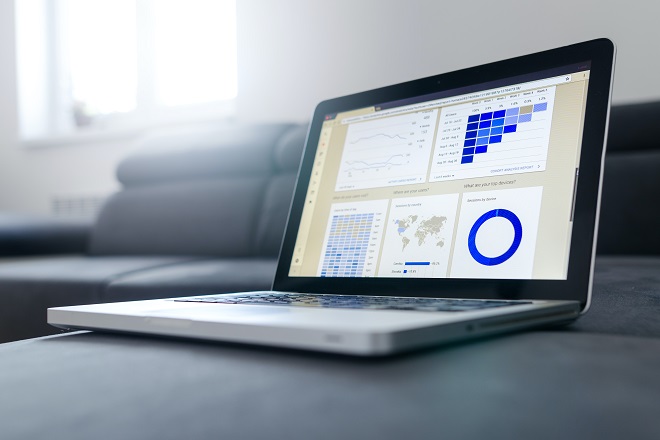A data scientist is one of the fastest-growing and highest paid jobs in tech today. Besides the onslaught of available data in today’s digital world, perhaps a major reason why data scientists are so highly sought after is that the job is really a blend of different skill sets that aren’t usually found together. Data scientists use skills that derive from the two different disciplines of computer science and statistics.
Complex data science will require being well versed in both disciplines. Given that data science is still a constantly evolving field, students on this track will not all be following the same path until the norms are more established. One standard thing, however, is the language of data science. Let’s take a look at some terms that all data science students should know and be familiar with.
Business Intelligence

Business intelligence (BI) is one of the first terms that every data scientist should know and understand. So, what is BI? The term relates to the technologies, applications, and practices that make the collection, integration, analysis, and presentation of business information possible. Business intelligence leads to better business decision making. Business Intelligence systems are basically data-driven decision support systems (DSS). This definition of business intelligence is a modern interpretation that takes into account the information and technology that exists today.
BI has had a complicated history as a buzzword, however. Traditional business intelligence emerged in the 1960s as a practice of sharing information across organizations. It evolved further in the 1980s as computer models arose for decision-making and turning data into insights. Today, modern BI solutions include flexible self-service analysis, data governance on trusted platforms, business users who are empowered, and faster insights.
Big Data

This term refers to the mass amounts of data collected today and is essential to understanding data science processes. Big data relates to data sets that are so large, fast, and complex that it’s almost impossible to process using traditional methods. Big data has been compared to collecting all of the dashboard data from every car on the road each day.
The volume of that data is almost incomprehensible. Although the notion of big data itself is relatively new, the elements of large data sets go back to the 1960s and ’70s. With the inception of smart devices, everything from refrigerators to industrial robots is connected to the internet and provide immense amounts of big data.
Machine Learning

Machine learning is the utilization of artificial intelligence technology and data science to enable systems to automatically learn and improve from experience without specific programming. Machine learning concentrates on the development of smart computer programs that access data and use it learn for themselves.
The method of learning works with observations or data, such as examples, direct experience, or instruction, to analyze patterns in data and make better decisions. Machine learning is the process that powers many of the recommendation services today such as Netflix, YouTube, and Spotify, and search engines like Google.
Data Visualization

Data visualization is a graphic representation of data in the form of graphs, tables, charts, or other visual illustrations. Simply put, it communicates the relationships of the data with images. Data visualization allows trends and patterns to be seen more easily. With the influx of big data, visualizations help to interpret increasingly larger batches of data. Data visualization is helping to interpret and analyze data in a wide variety of industries. From finance, marketing and tech, to manufacturing and publishing visualized data can be used by businesses to inform operational decisions.
Data Storytelling

Data storytelling is emerging as the quickest and best way to empower a team to both understand and act on data. Through the power of sound narratives, data can be used to tell the story of trends and patterns that are used to influence informed decisions. Data storytelling literally takes data and turns it into compelling stories. It brings data and visualizations together and creates a narrative to convey a credible analytical approach, confidence in the results, and a compelling set of actionable insights.











